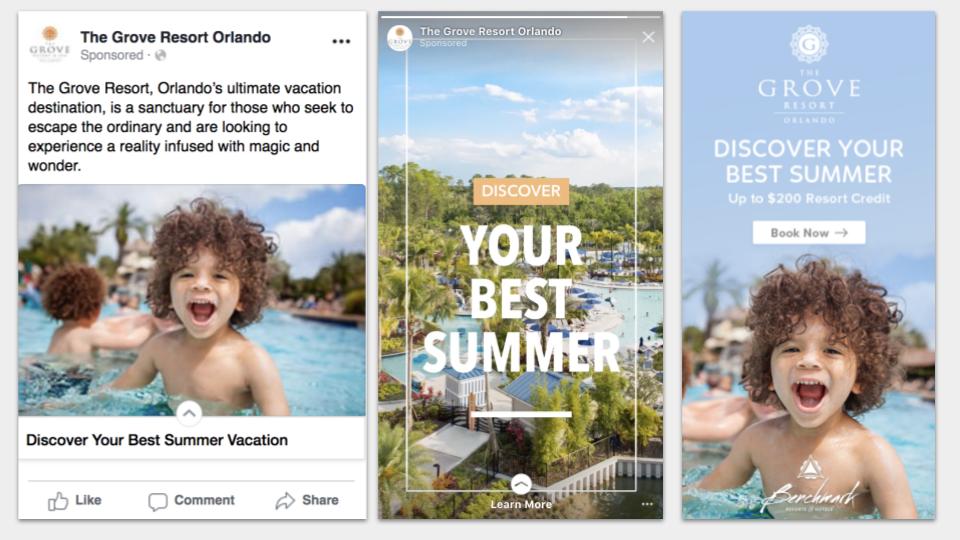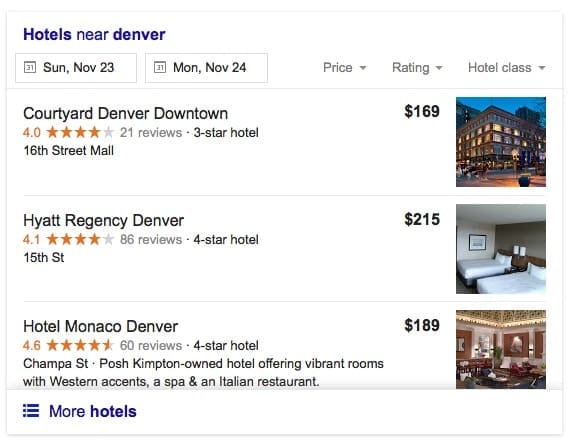
We live in a world where media options are seemingly endless. Every day, people consume countless media types, from social media to news articles to YouTube videos and more. At any given time, most of these media types are also displaying your hotel messaging–assuming your target audience is on the other side of the screen, of course. This is the premise of cohesive branding.Though your hotel messaging might appear in various forms, the impression you create for your audience about what your hotel stands for should remain the same. Cohesive branding is key, whether you’re creating in-room brochures, posters, online message boards, external sales brochures, pay-per-click ad copy, social media posts and comments, OTA listings, influencer blogs, etc…Being cohesive across all platforms is the best strategy for building a brand identity and essence that your audience can connect with. But, like most things, putting that strategy into practice is easier said than done. This is how we get started when developing messaging for our clients.
How to Develop a Cohesive Brand Message
Cohesive branding in your messaging no matter where that message appears helps alleviate any questions potential guests may have about their upcoming stay. Just like you make it a priority to be consistent in your name, address, and phone number from a local SEO perspective, you’ll also want to be consistent about how you describe your hotel.
1. Review
Here at Screen Pilot, we take a 360-degree approach, meaning we review as much of the messaging a property puts out into the digital world as we can. Auditing what you’re saying about your hotel will help you evaluate whether guests can recognize your brand based on your messaging. Whether it’s an email newsletter or a Facebook post, the messaging should have a common thread that ties them together. If you’re not sure what that common thread is, start with your brand pillars.
2. Create
Your main brand pillars should be present and consistent across channels. You don’t need to, nor should you, repeat those pillars verbatim in every piece of copy you write. Instead, use them as a litmus test for every asset you create. If an asset does not reflect those brand pillars, send it back to the drawing board. Publish it only after it matches your brand pillars and complements the other collateral you’ve already sent out into the world.Consumers review so many networks on a day-to-day basis. If you put one message out there about your hotel, then contradict it on another platform, you’re creating a bad user experience that will ultimately hurt your credibility. No one likes the bait and switch, so it certainly has no place in your messaging.
How to Adapt Your Message To Your Audience Without Losing Consistency
Sometimes, variations of your brand pillars won’t quite meet your messaging needs. For example, you might want to develop a campaign for seasonality or showcase a property amenity less integral to your brand pillars. In both cases, you’d want to consider your markets, then craft personalized messaging to each of those markets.
Consistent Messaging for Campaigns
Adapt without compromising your cohesive brand by applying our messaging development process. Except with a campaign, you’ll swap your brand pillars for your campaign objective. Ask yourself what it is you want the campaign to accomplish, as well as what brand image you want this campaign to create for your target audiences. Keep asking yourself these questions and also always have that end goal in mind. If all your messaging ties back to these questions, your marketing efforts will be all the more effective and cohesive.

Consistent Messaging for Amenities
Your brand pillars may talk about a spa, but your property might also have a golf course. It’s okay to market the two separately. The messaging that reaches your spa demographic might not mention golf, and the messaging you create for your golf demographic might not mention spa. And that’s how it should be! The goal is not for every single message to be identical. It’s to ensure that when you do talk about the spa, your message is consistent in all collateral, from your website to your social ads.
How to Test Your Message
Testing your message is an important step towards cohesive branding. The digital world allows marketers to do so with ease. Since targeting in the digital world can be so niche, we have the ability to give moms age 33-45 a different message than someone traveling from Canada who is above the age of 65.This allows us as marketers to:a) get in front of the right people at the right timeb) serve the user a message that relates to themBut that doesn’t mean you’ll know which message relates to them from the get-go. Because there are myriad ways to say the same thing, testing is how you’ll determine which message suits your target audience. Pick a few messages that you’ve vetted with our process for developing a cohesive message, then test in your lower stakes channels.Implement competing messages in an A/B test with your Facebook ads. Integrate your message options into your Google PPC and display efforts. Once you’ve identified the winners on a smaller scale, you can incorporate those messages into bigger channels like your website, your in-room brochures, and your OTA listings.Keep testing even after you’ve implemented your messaging on a larger scale. A message that worked in a set of Facebook ads may not translate word-for-word to your website, so be patient in discovering the best variation for each channel.
Final Thoughts
Take time to audit the messaging you’re putting out into the world. Audiences of today expect messaging to be personalized to their wants, needs, etc…, and to be consistent wherever they go. Marketers need to make it their business to keep up. Below is a small checklist of collateral to start auditing. Happy messaging!
Screen Pilot’s Channel Checklist:
❏ In-room brochure and collateral❏ In-room TV messaging❏ Website❏ On property signage❏ PPC copy❏ DRM & GDN copy❏ Facebook ads❏ Instagram ads❏ Twitter ads❏ Organic postings on social media
Did you enjoy the read?
Get original hospitality industry insights delivered to your inbox. Sign up to receive Screen Pilot’s #TrendingNow Newsletter.






